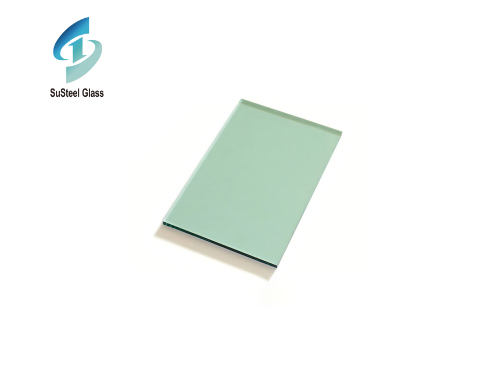
Vacuum glass stands out as a groundbreaking technology that holds tremendous potential for transforming our buildings and reducing energy consumption. By harnessing the power of a vacuum, this innovative glass offers unparalleled insulation properties and opens new doors for a greener future.
One of the most remarkable features of vacuum glass is its low thermal conductivity. The vacuum gap acts as an effective barrier against heat transfer, significantly reducing energy losses. This outstanding insulation capability enables buildings to maintain stable interior temperatures regardless of external weather conditions. As a result, the demand for heating and cooling systems is significantly reduced, leading to substantial energy savings and reduced greenhouse gas emissions.
Additionally, vacuum glass offers enhanced sound insulation properties. The vacuum layer acts as a barrier for sound waves, minimizing external noise pollution and creating a more peaceful indoor environment.
Furthermore, the slim and lightweight design of vacuum glass allows for greater architectural freedom. Its thin profile makes it a versatile material that can be used in a variety of applications, including windows, doors, and skylights. The aesthetic appeal of buildings can be enhanced by maximizing natural light and offering unobstructed views while still maintaining excellent insulation.
Vacuum glass also contributes to reducing the environmental impact of buildings throughout their lifecycle. The energy saved during the operational phase offsets the energy consumed in the production and installation of vacuum glass units.
In conclusion, vacuum glass stands at the forefront of energy-efficient building materials, revolutionizing the way we construct and design our structures. As this technology continues to evolve and become more accessible, vacuum glass holds the potential to reshape our cities, reduce energy consumption, and pave the way towards a brighter and greener future.
 Burglar-Resistant Glass: Enhancing Security and Peace of Mind
Burglar-Resistant Glass: Enhancing Security and Peace of Mind
 Exploring the World of Green Tinted Glass Products: Versatility and Sustainability
Exploring the World of Green Tinted Glass Products: Versatility and Sustainability
 Exploring the Versatility and Elegance of Custom Thick Glass
Exploring the Versatility and Elegance of Custom Thick Glass


